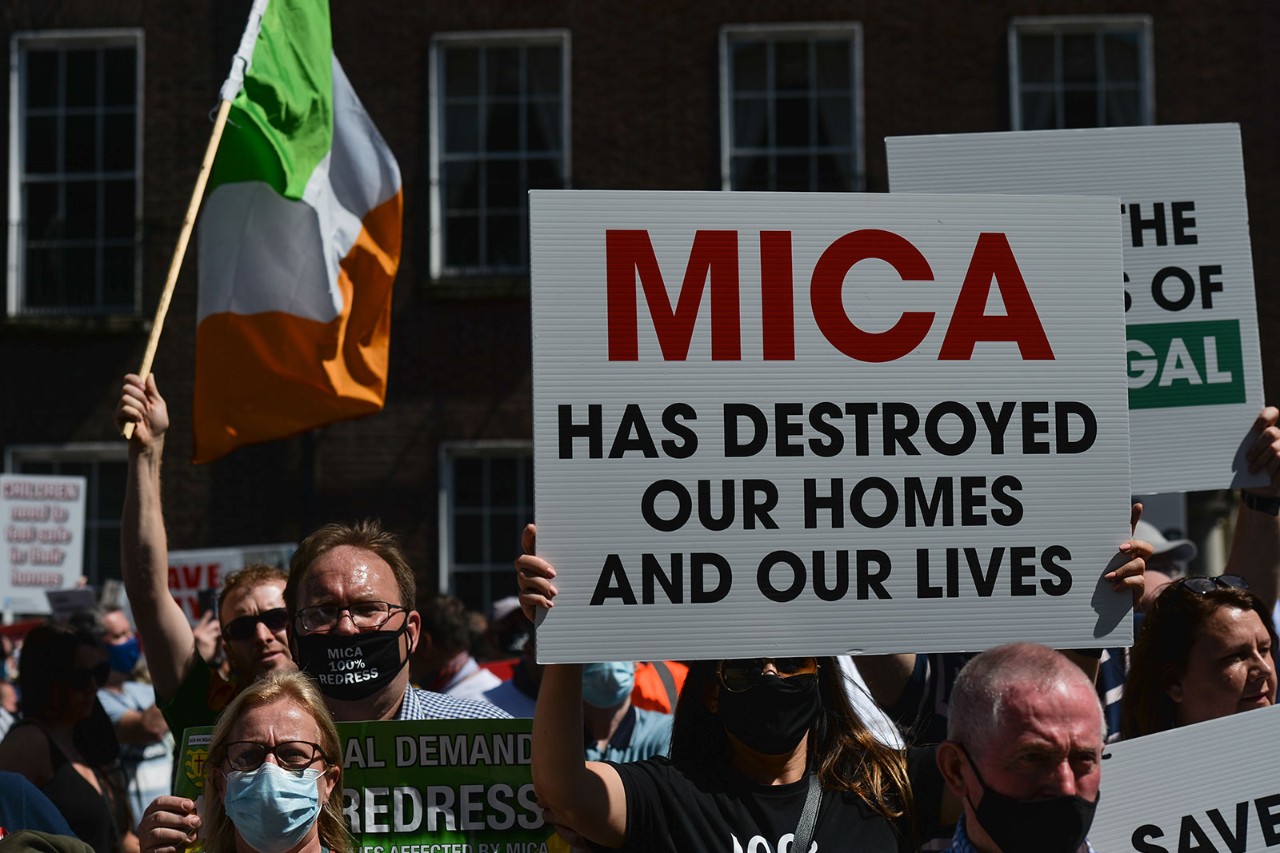
The issue of disparity in pay between men and women has a long and unhappy history in Ireland – and despite decades of legislative and social progress, it shows strong evidence of persisting. While headline salaries and pay grades have long been gender-neutral, inequality in remuneration persists in more subtle and covert ways, often hidden behind hiring and promotional biases, and salary and bonus arrangements.
‘Employers will have to explain the reasons for the gap and outline the measures in place to address it’
Ireland is of course not unique in having a gender pay gap. Data from Eurostat put the gap here at 14.4% in 2017, somewhat better than the Organisation for Economic Co-operation and Development average of 16% and ahead of countries sharing broadly similar work cultures, such as the UK (17%), the US (18%) and Canada (18%).
Pay gap vs equal pay
Commentators are quick to point out that the gender pay gap should not be confused with the issue of equal pay. Danny Mansergh, head of career practice at Mercer Ireland, says: ‘Equal pay is a legal requirement giving women and men the right to receive equal remuneration for doing the same job in the same organisation.’
The gender pay gap is, rather, a measure of average earnings of men and women across an entire organisation. The consequence of this, according to PwC, is that ‘if the majority of lower-paid roles in an organisation are filled by women and the higher-paid roles are filled by men, there will be a gender pay gap’.
If a whole-of-organisation approach is taken, ‘gender pay gap reporting has the potential to reveal inequity no less painful and damaging for being, in many cases, wholly unintentional’, according to Mansergh.
Reporting requirement
Closing the gap is recognised internationally as a priority, and the EU recently addressed the matter through a directive on pay equity and transparency. In July this year, the government staked its commitment to progress on the Gender Pay Gap Information Bill. From 2022, companies with more than 250 employees will be required to provide data illustrating average and median pay and bonuses for male and female employees. Reporting will extend to companies employing more than 150 people in 2023 and 50 people in 2024.
While companies are not compelled to take action if a disparity is found, Yvonne McNulty, HR consulting director at Mazars, says that ‘employers will also have to explain the reasons for the gap and outline the measures they have in place to address it’. Those who fail to provide the information can face a range of actions, up to enforcement orders from the High Court.
The success of the bill undoubtedly hinges on the expectation that publication of data will push organisations into taking action. Illustrative of this may be the case of the Bank of Ireland. In March this year, it reported a 23.8% gender pay gap among its employees. The bank argued that the discrepancy was due to women being under-represented at senior levels, and over-represented at more junior grades. More constructively, it committed to achieving a 50:50 gender balance at senior levels by the end of this year.
Good intentions alone are unlikely to resolve this problem fully, however. Speaking at a Work Equal seminar in November 2020, the CEO of the education and training body Solas, Andrew Brownlee, explained that while his organisation had achieved gender parity in board membership and in its leadership team, and had a 59% female workforce, research found it still had a 13% gender pay gap.
UK experience
Gender pay gap reporting was introduced in the UK in 2018, in a manner largely replicated by the Irish legislation. What is seen as a ‘name and shame’ approach has been broadly successful, resulting in commitments to progress across industry. An analysis by PwC of companies that disclosed their pay data found the average gap reduced from 14.3% in 2017/18 to 12.5% in 2020/21.
In a further sign of progress, many professional firms outside the scope of UK legislation have also made their pay data public. However, gender gap reporting has by no means solved all ills.
Preparing for gender pay gap reporting
- Coordinate stakeholders. Reporting will require the input of a number of parties, from internal departments, such as payroll and human resources, to external legal counsel and PR advisers.
- Deploy resources. Employers should ensure they have the required resources to collate the data and carry out the calculations.
- Be proactive. A reporting ‘dry run’ will enable the organisation to identify any support or training needs, and to pinpoint and defuse any potential issues early.
- Treat data carefully. Be mindful of the organisation’s data protection obligations and potential legal and data protection issues.
- Get your messaging right. Consider your communications strategy in relation to the existence of a gender pay gap in the organisation and your measures for reducing it.
Source: McCann Fitzgerald
‘If the majority of lower-paid roles in an organisation are filled by women and the higher-paid roles by men, there will be a gender pay gap’
In August, research by the New Street Consulting Group found average pay for FTSE 100 female directors to be just a quarter of their male counterparts (£237,000 vs £875,900). The disparity was linked to the fact that 91% of women directors at FTSE 100 companies are non-executive directors, suggesting promotional bias remains a major issue and a key contributor to the gender pay gap.
In Ireland, another recent survey by Universum points to pay disparity being an issue before people even enter the workforce. It found that women graduates expect to earn up to 14% less than their male counterparts.
While there are reasons to be optimistic that these graduates will now enter a workforce improved by the new reporting regime, the UK experience underlines the fact that the pay gay is unlikely to disappear any time soon. As in so many areas of equality, the right legislation can result in progress, and that progress can be significant, but it is rarely a cascade and certainly not to the top.



